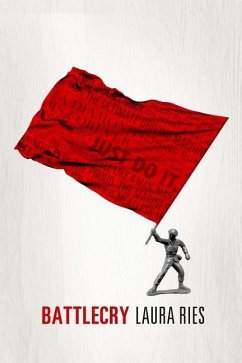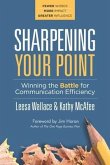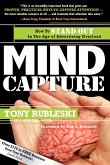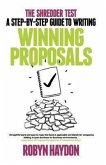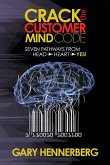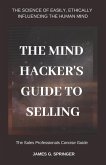Why are most slogans and taglines ineffective? Because they're just words and a mind cannot understand words. A mind can only understand sounds. Why do most Americans remember the battlecry of the French Revolution (Liberté, égalité, fraternité) when they cannot remember the battlecry of the American Revolution? Because the sounds of the words "Liberté, égalité, fraternité" rhyme and that's one of the powerful techniques for creating a memorable slogan. In addition to "rhyme," there are four other techniques outlined in my new book, Battlecry. (1) Rhyme: "Roto-Rooter, that's the name. And away go troubles down the drain." (2) Alliteration: "M&Ms melt in your mouth, not in your hands." (3) Repetition: "The few. The proud. The Marines." (4) Reversals: "Two great tastes that taste great together. Reese's peanut butter cups." (5) Double-entendre: "A diamond is forever." You might think companies and their ad agencies would be wise to these techniques. But few slogans actually use any of these memory-building tactics. In a recent survey of 266 advertising slogans, only 19 used any one of them. Battlecry is a companion book to my previous book, Visual Hammer, and should be read together. Creating a slogan is only half the battle. The other half of the battle is a visual that will help drive your slogan into prospects' minds. The contour bottle helps drive "The real thing" into the minds of cola drinkers. The duck helps drive the Aflac name into prospects' minds. The straw-in-the-orange helps drive "Not from concentrate" into the minds of Tropicana buyers. Even "The ultimate driving machine" would not have been effective, in my opinion, without a visual hammer. And what was BMW's visual hammer? It was the television commercials showing BMWs being driven over winding road by happy owners. Over the years, there have been many advertising campaigns showing beautiful automobiles being driven over lush, winding roads. The hammers are terrific, but the nails are missing. The trick is to find the right combination of a visual hammer and a verbal nail. And my two books, Battlecry and Visual Hammer, can help you do exactly that.
Hinweis: Dieser Artikel kann nur an eine deutsche Lieferadresse ausgeliefert werden.
Hinweis: Dieser Artikel kann nur an eine deutsche Lieferadresse ausgeliefert werden.

